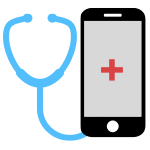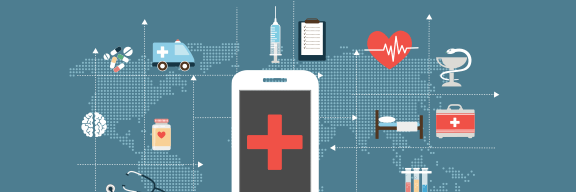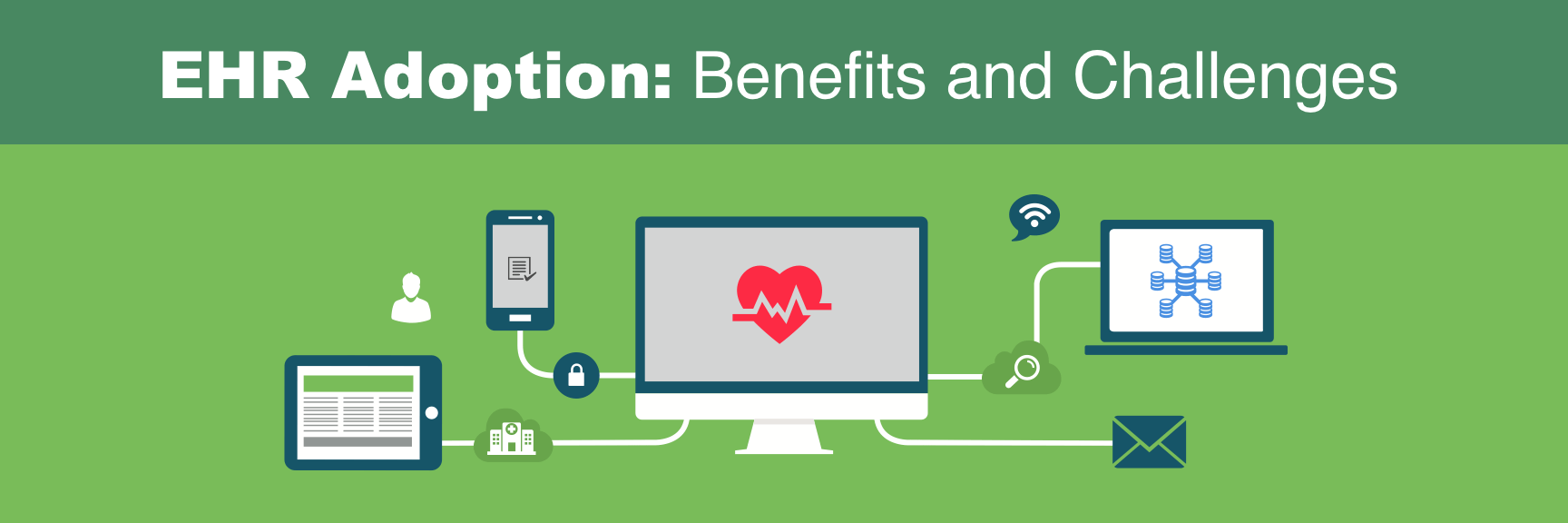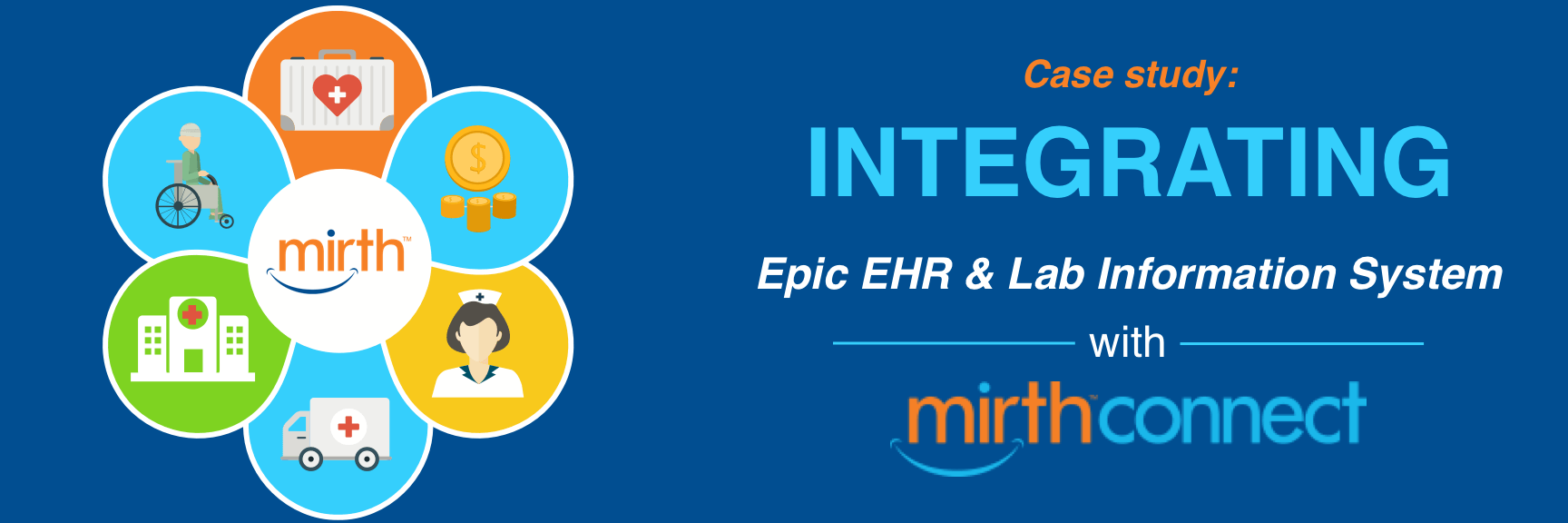“One thing we’re focused on is how to leverage technology to take us back to a time when there was a stronger (or maybe closer) physician and patient relationship, but with all the benefits of the modern world.”
— Michael McGarry, Director, Ascension Health
The US healthcare industry is seeing a drastic transformation these days. With the digitization of healthcare and the rise of a new trend called IoT, it has become more convenient than ever before for the healthcare professionals to engage with their patients and provide a high level of treatment to them. Many researchers and healthcare firms have conducted surveys to study the attitude of people towards this healthcare reform.
According to the Rock Health survey on digital health consumer adoption:
- Around 80% of Americans use at least one of the digital health categories
- 71% of Americans have historically used online or mobile resources to search for specific health topics
- 50% of Americans have historically used online or mobile resources to find reviews of doctors or healthcare services
- 17% of Americans currently use mobile health application to track one or more health-related factors.
- 12% of Americans owe wearable devices that help track key health-related factors.
- 7% of Americans have historically used genetic-based services including family planning and personal DNA.
- 7% of Americans have historically used video-based technologies to receive medical care or advice from a healthcare professional
From these findings, one can easily map out the future growth prospects and predict transformations in the health-tech industry.
Healthcare Evolution
Medical industry has seen significant advancements in the past decade. This industry has gradually evolved over the years to accommodate the growing trends and meet the present world requirements.
According to National Health Statistics Report by CDC, in 2005, only 30% of physicians and hospitals used basic EMRs (Electronic medical records). This figure rose to more than 50% for physicians and 75% for hospitals by 2011. The trend is continuously spreading across the entire US, and more and more healthcare firms are adopting this system.
Another report says that as of 2010, national health expenditures accounted for 17.9% of gross domestic product (GDP) in the United States, up from 13.8% in 2000. However, during the same time, Electronic Health Records (EHRs), together with new analytics tools, opened the doors to mining information for the most effective outcomes in the medical field. Using this vast information referred to as Big Data, researchers can look for statistically valid trends and provide high quality care based on these assessments.
The trends that are expected to dominate the healthcare industry in the near future
 IoT
IoT
The contributions of a new trend called Internet of Things (IoT) towards revolutionizing healthcare industry are noteworthy i. The wearable gadgets and fitness apps are becoming an indispensable part of our fitness routine. A few months back, we had access to only screen- and app-less fitness trackers and wristbands like Jawbone and Fitbit. However, the year 2015 gave us a chance to welcome an era of smartwatches like Apple Watch that offer a more exciting way to stay fit and healthy. The ABI Research reports that the sale of wearable medical devices is likely to increase in the coming future. Overall, it is expected to reach more than 100 million devices annually.
 mHealth Apps
mHealth Apps
mHealth, a short term used for mobile health may not be a very fancy thing to talk about, but its overall impact over the medical industry has been substantial. According to research2guidance report, “Traditional healthcare players like physicians and hospitals [will be] the top ranked distribution channels for mHealth apps in the next 5 years.” The report also cited that despite the fact that the global mHealth market faces substantial obstacles, such as data security and standards, it will continue to grow and is expected to rise from $2.4 billion today to approximately $26 billion by 2017.
 Telehealth/Telemedicine
Telehealth/Telemedicine
Telemedicine refers to the remote diagnosis and treatment of patients by means of electronic communications. mHealth is actually a ramification of telemedicine because it is basically the exchange of health information between doctors and patients using mobile technology. According to the Chief Strategists of the U.S. public sector of healthcare innovation and business development at Cisco, Dr. Schoenberg and Linda Boles, “Consumers have a large preference for telehealth services. Employers across the United States may even launch their own telehealth services for their employees, bringing telehealth to Main Street and meeting consumer demand.”
 Digital diagnostics and therapies
Digital diagnostics and therapies
Digital diagnostics and therapies are gaining a lot of traction these days. The main idea behind them is to make healthcare more accessible to people who need it, especially those who can’t visit a doctor’s office. Smart Contact Lens technology by Google that has the capability to measure wearer’s blood sugar levels is another example of digital diagnostics. One example of digital diagnostics is Neurotrack. It is a software-based technology that can detect and prevent Alzheimer’s disease and memory loss.
 Big Data
Big Data
Big Data plays a very crucial role, especially when it comes to healthcare industry. The IDC study predicts that 90% of the World’s Data created in the last 2 years will grow by a factor of 50 to 25000 Petabytes by 2020. By utilizing data from past trials as well as by analyzing current trends, healthcare providers can bring about clinical innovation.
 Real Time Analytics
Real Time Analytics
According to Joseph Touey, SVP of GlaxoSmithKline, we will have a fully digitized healthcare delivery system and real time analytics will emerge by 2020. In Touey’s words, “Everybody wins from a patient care perspective with improved information sharing and interoperability.” This implies that in the coming years, we will see a dramatic improvement in the users experience of technology and the physicians will be able to deliver personalized services to their patients.
It is clear that healthcare technologies will continue to evolve in the coming future. The acceptance of healthcare digitization is growing among patients and this opens an enormous market for the organizations who could offer their skills around the world. Companies should prepare to capitalize on these trends and contribute towards increasing doctor-patient engagement.





